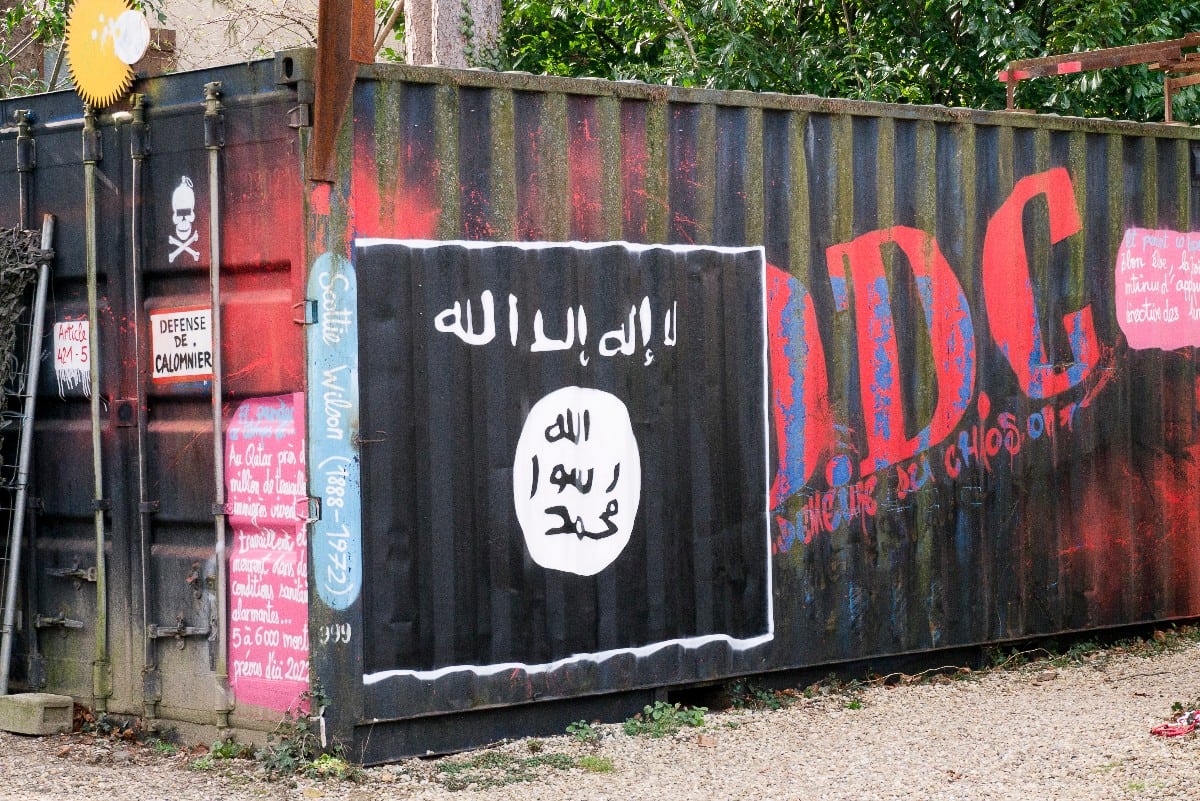 Photo courtesy of thierry ehrmann on Flickr
Photo courtesy of thierry ehrmann on Flickr
The Persisting Threat of the Virtual Caliphate
ISIS’s physical presence has been significantly reduced, with its territorial control vastly diminished – however, despite these losses, it continues to operate a successful presence online. It is easy to dismiss the significance of a persisting virtual caliphate, but countering their digital engagement continues to be imperative.
Throughout its history, ISIS has proven to be adept at employing the internet to recruit and organize its supporters and activities. However, as of late, high-level organization has declined in tandem with territorial losses, and publications like its “Rumiyah” magazines are no longer in circulation. Nowadays, its munarisun, aka “online supporters-cum-volunteer media operatives” serve to circulate what remains of its official publications and maintain access for potential supporters. Encrypted social media such as WhatsApp and Signal remain popular with the group for disseminating information and maintaining networks. Its messaging has shifted focus recently, with a move away from promoting caliphate life to emphasizing the persistence and hardiness of its remaining fighters, in an effort to distract from its losses.
ISIS is not shouting into the void with its social media usage – its engagement frequently mirrors the activities of its supporters and interacts with them directly. A 2018 study presented at Stanford found that there was a large overlap in hashtag usage between ISIS and retweeters who got suspended, corroborating findings from 2015 that showed that accounts using an ISIS hashtag in Arabic were 93% likely to be ISIS supporters. Facebook is also host to terrorist communities – a study by the Counter Extremist Project found that a U.S.-based group of ISIS supporters holds regular meetings on the platform, as well as a large amount of propaganda and ISIS sympathizers.
Additionally, a strong online presence allows ISIS to mitigate some of the disadvantages of its territorial losses by tying together local and international jihadism under the same network. Its reduced presence in the Middle East does not mean that its recruits are not being trained – many are “radicalized in their home countries and connected to like-minded individuals or groups online, without having to travel to Syria for training.”
These distance capabilities mean that despite ISIS’s presence being moved mostly online, it is still able to translate its ideology into real-world impacts. Terror acts committed outside of the organizational structure of ISIS, known as “lone wolf” attacks, follow online encouragement from ISIS (ASP’s Caroline Anderson explains) and continue to occur with some frequency. Furthermore, more specific directives can also be issued over social media – for example, propaganda videos were recently released on Facebook and Google Plus with strategies for targeting World Cup stadiums.
Any propagation of ISIS’s influence is dangerous. Much of ISIS’s power comes from its ability to project fear by virtue of the wide geographical scope of its activities. A sustained digital presence means that that ability is maintained, both by facilitating attacks globally and by creating the impression of grandeur through its substantial proliferation over the web. Furthermore, with recent reports indicating some small territorial comebacks for ISIS in Iraq, the importance of stemming its operations before a major resurgence is clear. Combating ISIS on the ground remains essential, but its cessation will only come by also dealing with its influence online.
Countering ISIS digital engagement is difficult, but there are steps that can be taken in the right direction. Operations to shut down ISIS-affiliated accounts remain important, but what is needed for them to be effective is consistency. Facebook has implemented artificial intelligence that is supposedly able to rapidly identify and shut down terrorist accounts – however, many ISIS-affiliated accounts remain active on the site, and the reliance on AI means that a lot of content slips the net.
Whilst shutting down all terror-affiliated accounts is impossible, that does not mean the effort should stop there. Articles in 2015 by Foreign Policy and the Atlantic highlighted the importance of effective counter-messaging – such thinking remains relevant today. Former diplomat Alberto Fernandez explained that American messaging in this realm is, essentially, “Don’t do that,” which lacks the all-important “Do this instead.” Not being able to effectively counter ISIS’s rhetoric directly supports its anti-Western messaging and legitimization of the caliphate. There are multiple ways to effectively implement counter-messaging – one might look to the Chinese ‘50 cent party’ whose participants are able to flood the internet with pro-Beijing messaging to great effect for inspiration. Such a strategy could be particularly effective for the current lapse in ISIS messaging about the virtues of caliphate life, as it can fill the information void with rhetoric that delegitimizes ISIS.





